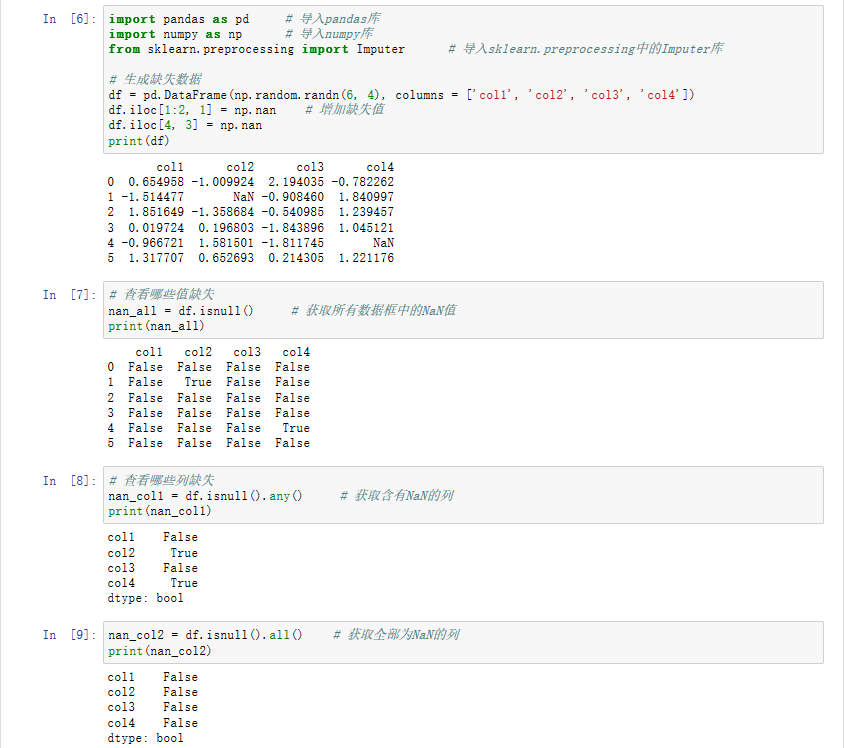I am trying to split a dataset for cross validation and GridSearch in sklearn.
I want to define my own split but GridSearch only takes the built in cross-validation methods.
However, I can't use the built in cross validation method because I need certain groups of examples to be in the same fold.
So, if I have examples:
[A1, A2, A3, A4, A5, B1, B2, B3, C1, C2, C3, C4, .... , Z1, Z2, Z3]
I want to perform cross validation such that examples from each group [A,B,C...] only exist in one fold.
ie K1 contains [D,E,G,J,K...], K2 contains [A,C,L,M,...], K3 contains [B,F,I,...] etc
This type of thing can usually be done with sklearn.cross_validation.LeaveOneLabelOut. You just need to construct a label vector that encodes your groups. I.e., all samples in K1 would take label 1, all samples in K2 would take label 2, and so on.
Here is a fully runnable example with fake data. The important lines are the one creating the cv object, and the call to cross_val_score
import numpy as np
n_features = 10
# Make some data
A = np.random.randn(3, n_features)
B = np.random.randn(5, n_features)
C = np.random.randn(4, n_features)
D = np.random.randn(7, n_features)
E = np.random.randn(9, n_features)
# Group it
K1 = np.concatenate([A, B])
K2 = np.concatenate([C, D])
K3 = E
data = np.concatenate([K1, K2, K3])
# Make some dummy prediction target
target = np.random.randn(len(data)) > 0
# Make the corresponding labels
labels = np.concatenate([[i] * len(K) for i, K in enumerate([K1, K2, K3])])
from sklearn.cross_validation import LeaveOneLabelOut, cross_val_score
cv = LeaveOneLabelOut(labels)
# Use some classifier in crossvalidation on data
from sklearn.linear_model import LogisticRegression
lr = LogisticRegression()
scores = cross_val_score(lr, data, target, cv=cv)
However, it is of course possible that you run into a situation where you would like to define your folds by hand completely. In this case you would need to create an iterable (e.g. a list) of couples (train, test) indicating via indices which samples to take into your train and test sets of each fold. Let's check this:
# create train and test folds from our labels:
cv_by_hand = [(np.where(labels != label)[0], np.where(labels == label)[0])
for label in np.unique(labels)]
# We check this against our existing cv by converting the latter to a list
cv_to_list = list(cv)
print cv_by_hand
print cv_to_list
# Check equality
for (train1, test1), (train2, test2) in zip(cv_by_hand, cv_to_list):
assert (train1 == train2).all() and (test1 == test2).all()
# Use the created cv_by_hand in cross validation
scores2 = cross_val_score(lr, data, target, cv=cv_by_hand)
# assert equality again
assert (scores == scores2).all()
I know this question is quite old, but I had the same problem. Looks like there will soon be a contribution that lets you do this:
https://github.com/scikit-learn/scikit-learn/pull/4583



![Prime Path[POJ3126] [SPFA/BFS] Prime Path[POJ3126] [SPFA/BFS]](https://oscimg.oschina.net/oscnet/e1200f32e838bf1d387d671dc8e6894c37d.jpg)
